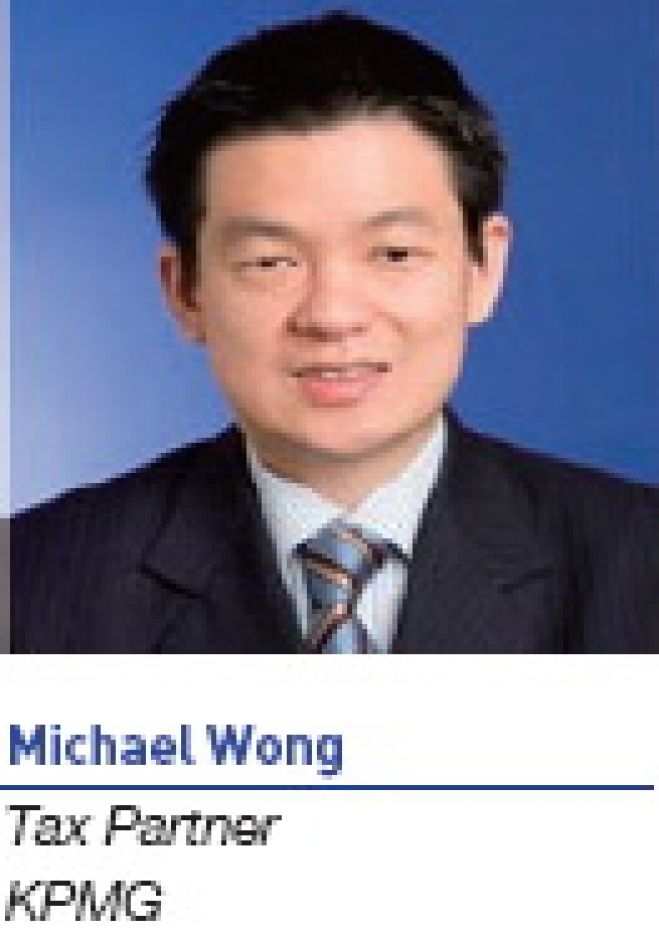This article broadly highlights three key issues related to PRC taxes that an investment planner must pay attention to:
Foreign tax credits
Dividends received by a PRC entity from its foreign entities are generally subject to corporate tax at a standard rate of 25% according to PRC tax law. How- ever, the PRC entity is entitled to claim a foreign tax credit in respect of the overseas taxes paid which are attributable to such dividends (such as withholding tax on profit repatriation as well as underlying income tax borne by the foreign entity paying the dividend), provided certain conditions can be satisfied.
It is important to ensure that the foreign tax credit will be available when profits are repatriated to the PRC as the ability to claim these credits will have a significant impact on the after tax returns of the overseas investment. For example, profits derived from a PRC entity Australian subsidiary would be subject to 30% Australian corporate income tax. On repatriation to PRC, if foreign tax credits can be claimed, the effective tax rate on these profits would be 30% (i.e., no additional corporate tax is payable in the PRC). But if no foreign tax credits are allowed, these profits would be subject to double taxation, making the effective tax rate on these profits approximately 47.5%.
In order to claim foreign tax credits under PRC domestic tax law, a PRC entity must hold a directly traceable interest of at least 20% in the foreign entity paying the dividend. This means that although credits can be claimed by a second level foreign subsidiary, there must be at least 20% direct interest through the first level foreign subsidiary back to the PRC parent. Combining indirect and direct interests to satisfy the 20% ownership requirement is not permitted. This ownership requirement is reduced to 10% under many of the PRC double taxation agreements (DTAs).
Another key limitation relates to the number of ayers of foreign subsidiaries. Under the current rules, FTC may only be claimed up to the third tier of foreign subsidiaries. This means that the foreign tax paid by the fourth tier of foreign subsidiaries is not creditable in the PRC.
Accordingly, to the extent an offshore holding structure (e.g., interposed entities to minimize withholding taxes) would push the relevant tax-paying operating entity outside the third tier of offshore subsidiaries, the benefits that may result from accessing a more favorable DTA should be balanced with the potential additional costs that may arise due to the disallowance of the foreign trade credits in the PRC on repatriation.
There are other rules and conditions not detailed in this article. Chinese investors should be careful in observing these rules and conditions in order to maximize the after tax returns from their overseas investments.
Tax residency of offshore entities
Under PRC tax law, an entity that is established outside of PRC will nevertheless be subject to PRC corporate on its worldwide profits if its place of effective management is located in PRC. Accordingly, where an offshore entity is deemed to be a PRC tax resident, income derived by this entity would be subject to PRC corporate tax of 25%.
This would have significant implications for offshore subsidiary entities in jurisdictions with low effective tax rates as the profits of these entities would be subject to PRC tax. Further, if the place of effective management of the off-shore entity is located in the PRC, it is likely that such entity will no longer be able to access the DTAs which have been entered into by its country of incorporation.
Notwithstanding the above factors, it is stipulated that a ubstance over form approach would apply in determining the place of effective management for PRC CIT purposes.
It is critical for Chinese investors to appreciate relevant protocols and practical criteria to ensure that offshore entities are not considered PRC tax residents in order to preserve the effectiveness of any offshore structure.
Article 45
Article 45 of the PRC Corporate Income Tax law is the PRC controlled foreign company regime. Where the offshore entity is considered a controlled foreign company under article 45, the PRC resident shareholder will be required to include an amount equal to its effective interest in the foreign enterprises undistributed profits as a deemed dividend when computing their own PRC taxable income. In other words, the profits derived by its foreign subsidiaries which are kept outside of the PRC will still be taxable in the PRC notwithstanding that they have not yet been repatriated.
Broadly, article 45 will apply if: (i) a foreign entity is controlled by PRC tax residents; (ii) the effective foreign tax burden on the profits of the foreign entity is less than half of the PRC corporate tax rate (i.e., less than 12.5%); and (iii) the foreign entity fails to distribute its profits without a legitimate commercial reason or reasonable operational need.
Managing the application of article 45 to foreign subsidiary entities is crucial to managing PRC tax payments and overall cash flow concerns, particularly where the offshore operations are structured through entities located in low tax jurisdictions. Typically, PRC entities with subsidiaries in low tax jurisdictions would need to demonstrate legitimate commercial reasons or some reasonable operational need for retaining funds and not distributing profits back to the PRC, for example, reinvestment of the funds into underlying business or business expansion.
Conclusion
As illustrated in this article, managing PRC tax issues can be just as important as foreign tax considerations when implementing an effective holding structure for overseas investment. Chinese investors should be careful in observing the relevant PRC tax rules in order to ensure that their offshore structures are effective and can therefore achieve their intended tax results.
















